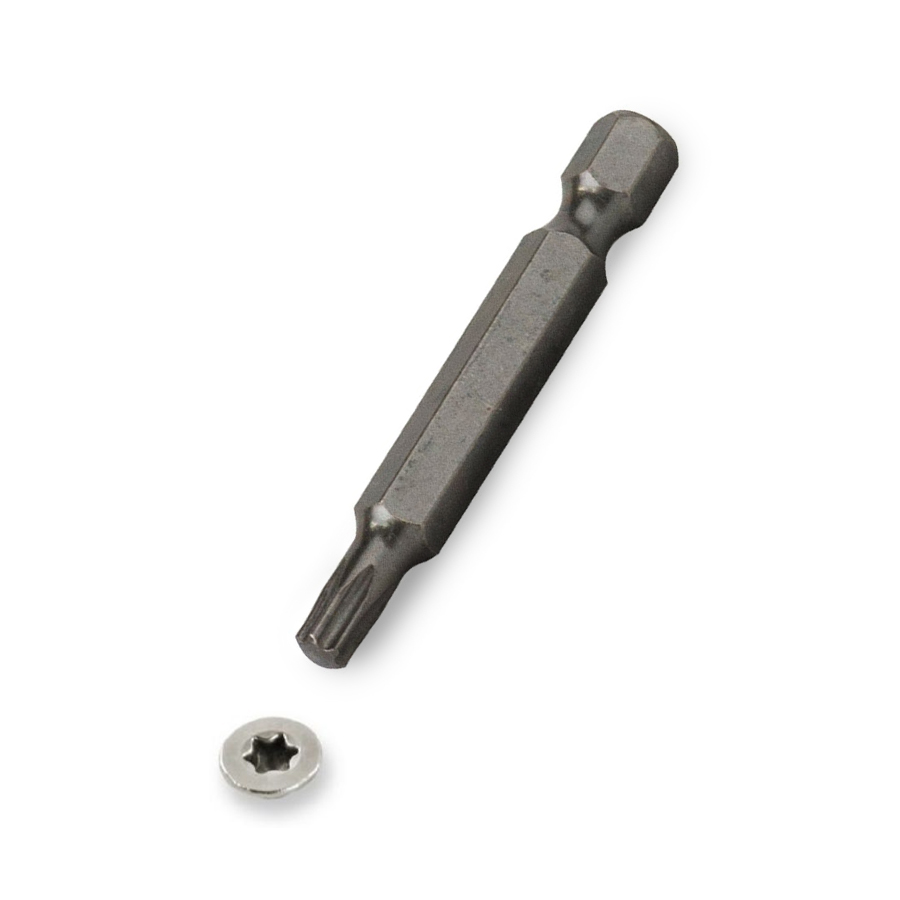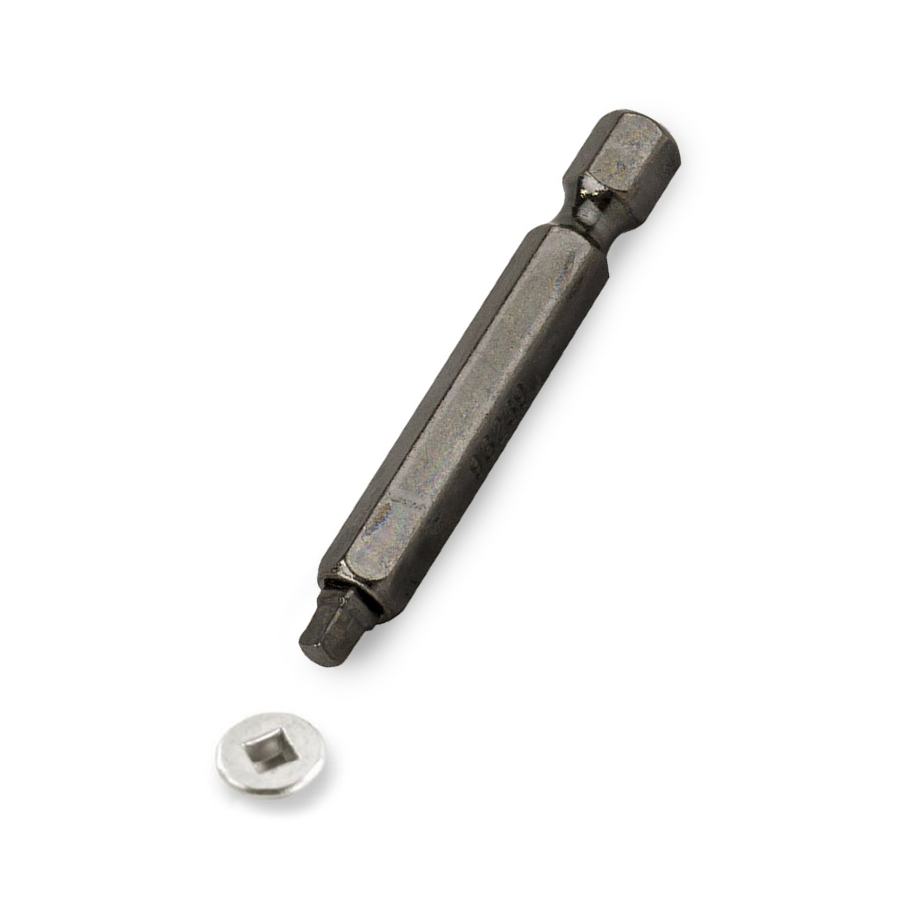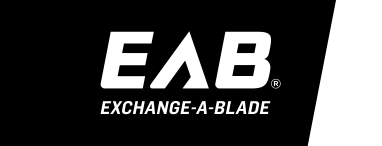How to choose the right screwdriver bit to fit your screw head
2019/02/20
Five most common North American screwdriver bit types
| Slot or Flathead | Phillips* | Allen or Hex |
 |
 |
 |
| Torx** | Roberston or Square Recess*** |
 |
 |
*Most popular screw configuration in USA
**Popular in the automotive and appliance industry
***Most popular screw configuration in Canada.
While these are the five most common screwdriver bit configurations, the following profiles are examples of the additional 32 plus different profiles on the market today. Most of these are specialty and/or security screwdriver bits that are less common but still widely used in specific industries and countries around the world.
| Tri-point | Torx Security | Pentalobe | JIS**** |
 |
 |
 |
 |
****JIS (Japanese Industrial Standard) and Phillips (PH) may look similar but are not. Phillips screwdrivers cam-out if too much torque is applied. JIS screw heads have 90-degree corners and do not provide a cam out option.
SIZES
| Type | Gauge Size |
| Slot or Flathead | 1/8”, 5/32”, 3/16”, ¼”, 5/16”, ⅜” |
| Phillips | #000, #00, #0, #1, #2, #3, |
| Allen or Hex | 0.7, 0.9, 1.3, 1.5, 2, 2.5, 3, 3.5, 4, 4.5, 5 mm |
| Torx | T2, T3, T4, T5, T10, T15, T20, T25, T30, T40 |
| Robertson or Square Recess | #0, #1, #2, #3 |
SCREWDRIVER BIT LENGTHS
.jpg) Screwdriver bits are typically available in 1” 2” 3” 4” 6” and 12” lengths
Screwdriver bits are typically available in 1” 2” 3” 4” 6” and 12” lengths
For heavy duty impact driving, use bits with extended torsion zone.
What’s the difference between screwdriver bit configuration types?
| Type | Description | Probability of slippage (cam out) | Suitable for power tool application |
| Slot or Flathead | The oldest traditional form of screwdriver bit configuration and the most inconvenient to use. Impossible to use with power drivers. | High | No |
| Phillips | A popular configuration in the US because of its larger surface area, which provides more torque to the screw head and does not slip as easily as the slot. Additionally, it is less likely to damage the screw head, the bit, or the work surface. | Medium to low | Yes |
| Allen or Hex | A good non-slip configuration and can withstand greater torque than other configurations. Developed in Europe and particularly popular in furniture and automotive applications. | Low | Yes |
| Torx | Similar to the Allen or Hex, the Torx can withstand greater torque. Because of its larger surface area, it is the least likely to slip. Torx screws are commonly found on automobiles, appliances, computers, and electronics. | Very low | Yes |
| Robertson or Square Recess | Popular because it has a ‘stick fit’ into the screw head—the Robertson or Square Recess screw can be held in place on the tip of the driver bit. Friction holds it in place while starting to screw into materials. This bit was invented in Canada and is the most popular configuration in the Canadian market. | Medium to low | Yes |
MAGNETIZED BITS
Securing fastening screws to the power tool driver bit can be challenging. Because of its unique design, the Robertson or Square Recess bit is the only one able to hold the screw head tight to the bit. Other designs require a mechanical or magnetic bit holder to secure the screw to the bit. In recent years, better quality bits are magnetized, but although magnetized bits are useful, over time the magnetism will wear out.
MANUAL VERSUS POWER TOOLS
Traditionally all screws were driven in by hand, but the introduction of variable speed drills and impact drivers make it much easier and quicker to insert screws and fasteners. However, care must be taken when using power tools as it is easy to over-power the bit and cause bit or screw head damage or cam out. There are two rules to avoid this: correct tip fit and the right speed to ensure complete control.
Choosing the right size screw and screwdriver bit configuration
Choosing the wrong screwdriver bit for your screw head can mean the difference between success and distress. By selecting the right match and fit you will prevent stripped screws, damaged bits, and spoiled work surfaces.
Choose the bit size that fills the screw head entirely. A bit that is too big or too small will not seat properly, and you'll end up with a stripped screw. The chart below outlines the correct screwdriver bit for the most popular screw gauges. By selecting the correct screwdriver bit, pre-drilling a pilot hole, and applying the correct speed and pressure to your drill, you will avoid stripped screws, broken bits, and damaged work surfaces.
SCREW GAUGES WITH CORRESPONDING DRIVE POINT SIZES
| Screw Gauge | Point Size | ||
| Slot or Flathead | Philips | Roberston or Square Recess | |
| 2 | ⅛” / 3.2mm | #1 | #0 |
| 3 | 5/32” / 4.0mm | #1 | #0 |
| 4 | 3/16” / 4.8mm | #1 | #0 |
| 5 | 3/16” / 4.8mm | #2 | #1 |
| 6 | ¼” / 6.4mm | #2 | #1 |
| 7 | ¼” / 6.4mm | #2* | #1 |
| 8 | 5/16” / 7.9mm | #2 | #2 |
| 9 | 5/16” / 7.9mm | #2 | #2 |
| 10 | 5/16” / 7.9mm | #2 | #2 |
| 12 | ⅜” / 9.5mm | #3 | #3 |
| 14 | ⅜” / 9.5mm | #3 | #3 |
* There is also a Phillips #2 drywall bit designed specifically for shallower drywall screws.
About Exchange-A-Blade screwdriver bits
Exchange-A-Blade screwdriver bits are market leaders in quality and value. Available in slot or flathead, Phillips, Allen (hex), Torx, and Robertson (Square Recess), in 1”, 2”, 3”, 4”, 6”, and 12” bit lengths, and as singles, bit clips or packs. This wide range of screwdriver bits comes in professional (PRO) and industrial (IND) qualities to meet all the needs of the DIYer and professional contractor.






